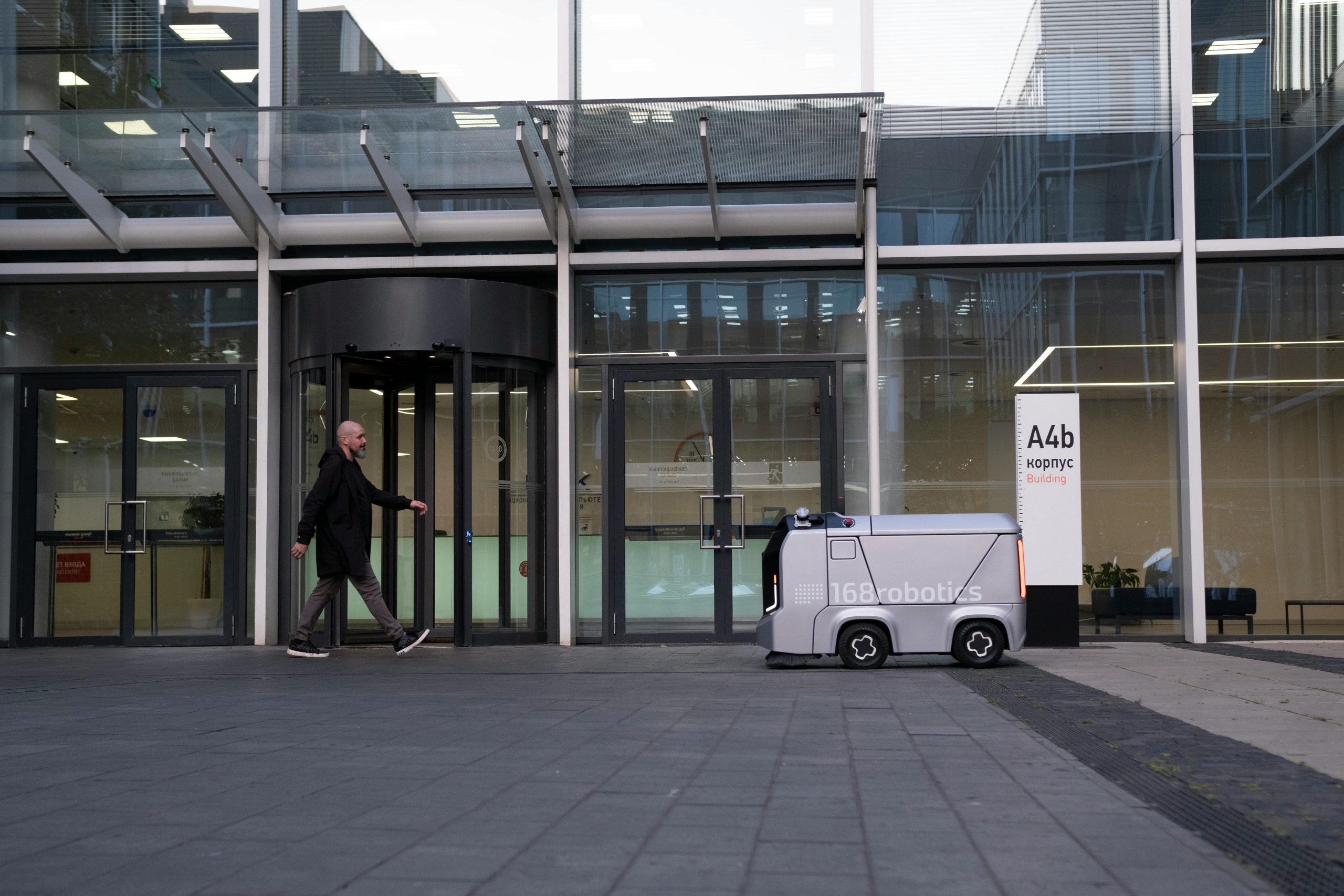
The Future Evolution of Windows Naming and Release Cadences
Speculation on the Long-Term Viability of the “H1” Platform Baseline
The introduction of the 26H1 release—the first such “Half One” enablement since the 24H2 precursor—opens the door to serious speculation regarding future development methodologies. If the need for specialized hardware enablement continues to outpace the traditional second-half feature update cycle, this new strategy might evolve into a recurring, biannual pattern: a hardware-driven H1 branch and a feature-driven H2 branch. This suggests a potential bifurcation in the development track: one highly curated, hardware-driven stream focused on foundational platform integrity (the 26H1/Bromine branch), and another consumer-focused stream dedicated to new user-facing features and optimizations (the forthcoming 26H2 branch).
This modular approach offers both agility for cutting-edge hardware partners and stability for the existing user base—a balance that Microsoft appears keen to strike in this new era of diverse processing technologies. The core idea is decoupling platform readiness from feature rollout. Hardware partners building for, say, the first quarter of 2026, need the *platform* (the core engine, drivers, security model) *now*. The general user base, however, is perfectly happy on 25H2 until the major annual feature drop later in the year. By splitting the train, you avoid forcing stability-focused enterprise environments to adopt potentially half-baked features just to support a new NPU architecture.
Consider the precedent: Windows 11 24H2 initially launched on the Germanium platform primarily for the first wave of Copilot+ PCs before rolling out to everyone else later. 26H1 appears to be the explicit, dedicated re-run of this strategy, but this time, it seems far more architecturally critical for the Arm ecosystem, as the Bromine platform is noted as being significantly newer than the Germanium/24H2/25H2 base. If this splitting becomes the norm, it means developers and IT pros need to pay attention to two distinct timelines: the *Platform Release* (H1), which dictates *what hardware can run*, and the *Feature Release* (H2), which dictates *what new tricks the OS can do*.. Find out more about Windows 11 26H1 specific silicon enablement build.
This strategy is a direct response to the increasing segmentation of the PC market—from low-power efficiency devices to high-wattage workstations. It’s a pragmatic recognition that not all silicon evolves at the same pace, nor does it require the same OS tuning at the same time. It’s a necessary evolution in how a dominant OS maintains relevance across a rapidly diversifying hardware landscape. The real question for power users and IT administrators is: how long until the H1-only platform updates become essential for *all* users, regardless of architecture?
Anticipating the Feature Set of the Unified Two Thousand Twenty-Six Half Two Release
While 26H1 is platform-focused, the underlying Bromine core sets the stage for a truly significant experience upgrade when it merges with the features currently under development for the 2026 Half Two (26H2) release. The expectation, born from Microsoft’s stated annual cadence, is that the second-half update will not only incorporate all the stability and performance enhancements derived from the early hardware validation of 26H1 but will also layer on the expected consumer-facing novelties. These novelties are heavily rumored to focus on further advancements in integrated artificial intelligence capabilities, which are expected to continue requiring substantial NPU processing power, perhaps raising the benchmark for required performance metrics.
This two-step process ensures that when the broader public receives its major annual update in the latter half of 2026, it benefits from both the deep architectural tuning of the specialized build and the latest innovations in user experience and functionality. Think of 26H1 as the necessary, invisible infrastructure upgrade—the new plumbing installed while the building is still running. Then, 26H2 is the grand opening, where the new, high-tech fixtures (AI features, UI overhauls, new APIs) are finally turned on and connected to that freshly laid foundation. For users on existing 25H2 machines, their journey will likely skip 26H1 entirely, receiving all the performance and stability benefits baked into 26H2, though they might need a specific enablement package to activate features that are *exclusively* tied to the new X2 hardware capabilities.. Find out more about Windows 11 26H1 specific silicon enablement build guide.
What kind of features might arrive in 26H2? Given the industry’s focus, expect deep integration of generative AI into core workflow areas. Imagine File Explorer suggestions that move beyond simple file history to proactively drafting summaries or organizing entire project folders based on conversational input, or a vastly more context-aware Copilot that can interpret on-screen elements across applications without manual selection. These are the kinds of compute-heavy features that benefit immensely from a platform optimized for sustained, efficient NPU operation. The transition from 25H2 to 26H2 will likely be the most significant annual feature update in years precisely *because* it inherits the platform foundation laid by the secretive 26H1 work. If you’re an IT pro managing device deployment, understanding the difference between the platform baseline and the feature set is crucial for your **deployment roadmap for Windows**.
The Engineering Discipline Behind Isolated Development Tracks
Risk Mitigation by Isolating Platform-Specific Changes from Mass Deployments
One of the most understated but significant benefits of the 26H1 approach is its role as a robust risk-mitigation mechanism for the entire operating system ecosystem. By confining the most complex, low-level hardware integration work—changes that carry the highest risk of introducing unforeseen system instability or driver conflicts—to a dedicated, highly controlled channel (the Canary Insider track), the main release branch is protected. This disciplined engineering practice prevents a single, highly specialized hardware requirement from becoming a potential point of failure for the millions of systems running established configurations.. Find out more about Windows 11 26H1 specific silicon enablement build tips.
Let’s be real: low-level kernel and driver integration is where operating systems break. When you introduce support for a completely new memory architecture, a new hybrid core scheduler, or an entirely new NPU instruction set—as the Bromine platform must do for the Snapdragon X2—the failure surface expands exponentially. If Microsoft bundled that deep, bleeding-edge integration into the main 25H2 servicing channel or even the Beta channel, the risk of catastrophic system-level bugs hitting the general populace—including mission-critical enterprise users—would be unacceptably high. By isolating this in 26H1, they achieve two things simultaneously:
- Aggressive Innovation: The hardware partners and specialized testers in the Canary channel can stress-test the new platform plumbing under extreme, targeted loads, quickly identifying and resolving hard-to-find bugs months before general availability.
- Fortress Stability: The main branches (Dev, Beta, Release Preview, and eventually 25H2/26H2) remain shielded, continuing their development cycles on a known, stable code base until the platform changes are proven safe and are subsequently ported or merged into the main feature stream.
This separation allows for aggressive innovation in the platform layer while maintaining a fortress of stability around the daily-use environment that constitutes the bulk of the operating system’s footprint. It’s a smart division of labor, ensuring that the pursuit of **AI PC advancements** doesn’t compromise the fundamental reliability Windows is known for. For those running older hardware, knowing that the “platform plumbing” for the newest chips isn’t disrupting their monthly Patch Tuesday updates provides profound peace of mind.. Find out more about Windows 11 26H1 specific silicon enablement build strategies.
The Need for Tighter Co-Engineering in an Increasingly Diverse Hardware Landscape
The necessity of a release like 26H1 is a clear admission of the increasing complexity and diversity within modern personal computing hardware, particularly in the high-performance Arm sector. Modern processors are no longer monolithic entities; they integrate specialized execution units (like NPUs), advanced accelerators, and complex hybrid core arrangements that demand a level of operating system awareness far beyond what was required a decade ago. This specialization necessitates a much tighter, earlier co-engineering process between the OS developer, the silicon manufacturers (like Qualcomm and potentially NVIDIA), and the device OEMs.
This complexity is what makes the Windows 11 support lifecycle an annual tightrope walk. The OS must speak the language of every component instantly and efficiently. If the OS scheduler doesn’t know *exactly* when to hand off a low-priority background task to the efficiency cores versus when to blast a complex AI query to the NPU, performance tanks, and battery life evaporates. The Bromine platform release, front-loaded via the 26H1 track, serves as the formal, validated interface contract that solidifies this essential tripartite partnership for the next generation of devices, ensuring all components are perfectly aligned before the consumer launch.
This co-engineering is arguably the biggest competitive moat Microsoft is building. Intel and AMD are no strangers to this dance, but the rise of competitive, high-performance Arm chips means the stakes are higher. Arm’s entire pitch rests on superior power efficiency, and that efficiency is only unlocked when the OS is natively aware of the chip’s nuances. This dedicated release channel is Microsoft’s tool to guarantee that awareness. It’s a non-negotiable requirement for the **Windows on Arm performance** narrative to succeed: the software must be as cutting-edge as the silicon it runs on. This tight integration is the single biggest argument against clinging to older architectures if efficiency and on-device AI are your priorities for your next purchase.. Find out more about Windows 11 26H1 specific silicon enablement build overview.
Final Assessment of the Two Thousand Twenty-Six Half One Strategy
The Pragmatic Response to Rapid Silicon Advancement
In summary, the emergence of Windows 11 version 26H1 represents a pragmatic, engineering-first response to the accelerating pace of semiconductor development, especially within the high-efficiency Arm segment. It is a deliberate, partner-centric maneuver designed to streamline the path to market for innovative new hardware by providing a stable, validated platform baseline well ahead of the typical update schedule. This move prioritizes device correctness and certification for next-generation components—like the Snapdragon X2—over the immediate gratification of broad feature distribution. This signals a mature understanding of the complexities involved in supporting a heterogeneous computing landscape.
This strategy recognizes that in 2026, the PC market is defined by specialized compute blocks: the CPU cores, the GPU, and the NPU. They all need different things from the OS at different times. The old model—wait until the second half of the year for a massive feature drop that bundles everything—simply doesn’t work when the most exciting new hardware is ready in January. By splitting the release into the platform-focused 26H1 and the feature-focused 26H2, Microsoft ensures that no one loses: The hardware gets its critical plumbing early, and the rest of the installed base gets a stable, feature-rich update later, as per the **Windows 11 support lifecycle**.. Find out more about Optimized Windows experience for upcoming Arm PCs definition guide.
Actionable Takeaway for Power Users: If you are planning to buy a new Arm laptop in Q1 2026, expect it to ship with 26H1. It will be stable, high-performance, and locked onto the new silicon. However, don’t expect the major user interface changes slated for 26H2 until that second-half update rolls out to everyone, including your 26H1 device.
Communications Imperative: Clarifying the Distinction for the Global User Community
For this strategy to be wholly successful and avoid widespread confusion, the clarity of communication surrounding the release must remain absolute. The distinction between a platform enablement build, designed for factory provisioning and specific silicon support (like 26H1), and a feature update for the general population (like 26H2) must be continually reinforced across all channels. As we saw with the early rollout of 24H2, early technical leaks can cause confusion if the narrative isn’t tightly controlled.
While the technical community quickly grasped the implications of the build number and codename shift (Bromine/26H1 vs. Germanium/25H2), the broader consumer and even some IT professional segments require sustained, unambiguous messaging that their current systems will receive their intended feature updates on schedule. Microsoft has been clear: for most users on 25H2, there is no action required; the new platform features are coming via the 26H2 wave. The success of this dual-track strategy will be measured not only in the raw performance metrics of the new Arm machines but also in the overall perception of stability and predictability within the established Windows ecosystem. Confusion breeds user dissatisfaction, and dissatisfaction kills adoption.
Actionable Takeaway for IT Professionals: Treat 26H1 as the “Golden Image” for your next hardware procurement wave involving next-gen Arm chips. Plan your deployment testing around the Q1 2026 hardware availability, knowing that the OS base is already certified and hardened for that silicon. Budget your major feature testing cycles for Q3/Q4 2026 to align with the general rollout of 26H2, which will bring those features to your existing fleet.
The road ahead for personal computing is clearly bifurcated: one path focused on power-sipping, on-device intelligence via Arm, and the other on maintaining the high-wattage compatibility legacy on x86. Windows 26H1 is the bridge, built specifically for the first path, and its success will determine the entire competitive landscape for the next half-decade. It’s a masterclass in engineering pragmatism, placing platform integrity above the desire for a single, monolithic update.
We encourage you to keep a close watch on early 2026 device announcements; the performance claims will be substantial, and the underlying software foundation—the silent hero of this story—will be version 26H1. To better understand the evolution of these yearly updates, you should review Microsoft’s official Windows 11 support lifecycle documentation. And for a deeper dive into how these new processors stack up, keep an eye on emerging benchmarks detailing **Arm market share** and power consumption in real-world scenarios.
Engage With Us: What part of the efficiency-first movement excites you most—the battery life, or the on-device AI? Drop your thoughts in the comments below!









